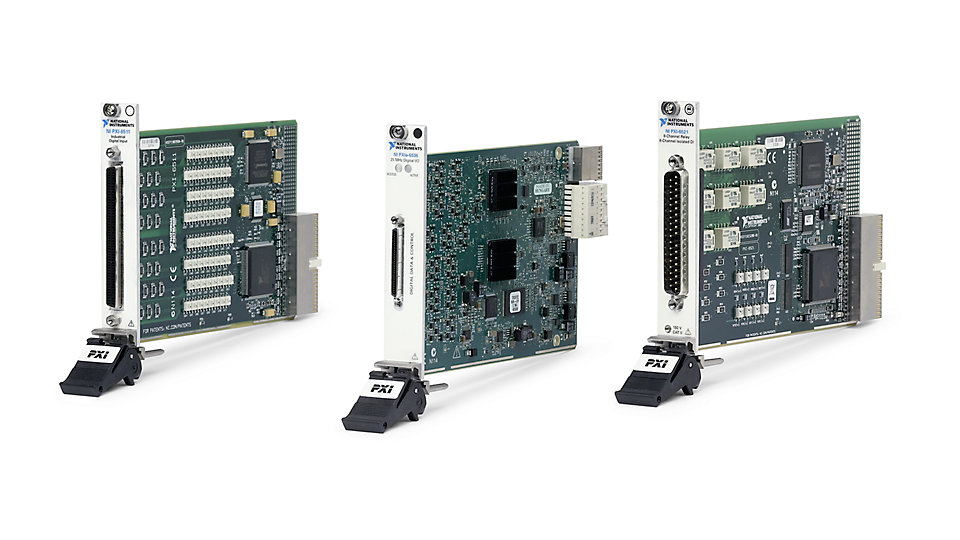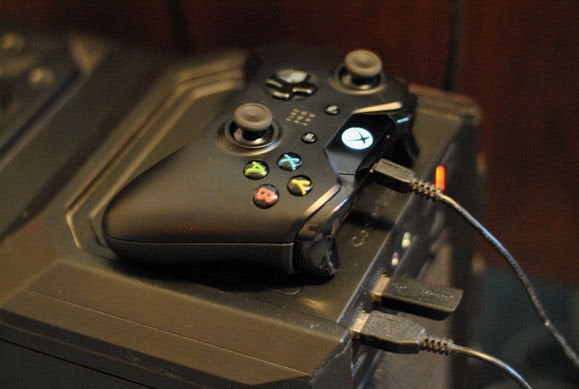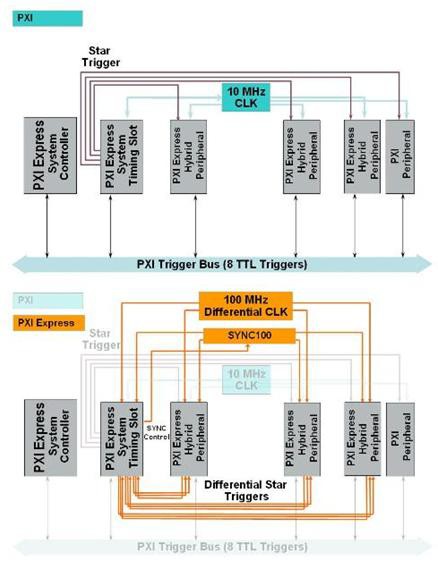Human Interface Devices (HID) is a device class definition to replace PS/2-style connectors with a generic USB driver to support HID devices such as keyboards, mice, game controllers, etc. Prior to HID, devices could only utilize strictly-defined protocols for mice and keyboards. Hardware innovation required either overloading data in an existing protocol or creating non-standard hardware with its own specialized driver. HID provided support for these “boot mode” devices while adding support for hardware innovation through extensible, standardized and easily-programmable interfaces.
HID devices today include a broad range of devices such as alphanumeric displays, bar code readers, volume controls on speakers/headsets, auxiliary displays, sensors and many others. Many hardware vendors also use HID for their proprietary devices.
NI-XNET is the driver software technology behind NI-XNET CAN, LIN, and FlexRay PCI, PXI, and NI C Series interfaces. The nixnet package and NI-XNET are supported by NI. Learn more about nixnet. Python API for Traditional, Benchtop Instruments. PyVISA is a Python package that contains the API for interacting with the NI-VISA driver.
After you initialize and open a session to the PXI device, register peeks and pokes turn on a few of the digital lines on the device. The following figure shows a LabVIEW block diagram demonstrating how to use VISA to write data to the registers of a PXI device. This LabVIEW example turns on some of the digital lines on the PXI-6070E. Single input and 6 outputs CMOS or LVPECL (AC-coupled LVPECL available as option) 'The technical and intellectual support from the team at Teledyne SP Devices has been playing an important role in our research.' All current software, firmware, and drivers for the Surface Pro 3; including optional WinTab drivers. Links to drivers for other Surface devices are in the Details section below.
HID began with USB but was designed to be bus-agnostic. It was designed for low latency, low bandwidth devices but with flexibility to specify the rate in the underlying transport. The specification for HID over USB was ratified by the USB-IF in 1996 and support over additional transports followed soon after. Details on currently supported transports can be found in HID Transports Supported in Windows. 3rd-party, vendor-specific transports are also allowed via custom transport drivers.
HID Concepts
HID consists of two fundamental concepts, a Report Descriptor, and Reports. Reports are the actual data that is exchanged between a device and a software client. The Report Descriptor describes the format and meaning the data that the device supports.

Reports
Applications and HID devices exchange data through Reports. There are three Report types: Input Reports, Output Reports, and Feature Reports.
| Report Type | Description |
|---|---|
| Input Report | Data sent from the HID device to the application, typically when the state of a control changes. |
| Output Report | Data sent from the application to the HID device, for example to the LEDs on a keyboard. |
| Feature Report | Data that can be manually read and/or written, and are typically related to configuration information. |
Each Top Level Collection defined in a Report Descriptor can contain zero (0) or more reports of each type.
Drivers Pxi Input Devices Speed Sensor
Usage Tables
The USB-IF working group publishes HID Usage Tables that are part of the Report Descriptors that describe what HID devices are allowed to do. These HID Usage Tables contain a list with descriptions of Usages, which describe the intended meaning and use of a particular item described in the Report Descriptor. For example, a Usage is defined for the left button of a mouse. The Report Descriptor can define where in a Report an application can find the current state of the mouse’s left button. The Usage Tables are broken up into several name spaces, called Usage Pages. Each Usage Page describes a set of related Usages to help organize the document. The combination of a Usage Page and Usage define the Usage ID that uniquely identifies a specific Usage in the Usage Tables.
See also
USB-IF HID Specifications.
This issue is caused when Microsoft Windows does not properly detect the chipset or videodisplay.
Corrupt or missing motherboard or chipset drivers
Download and install the latest chipset and video card drivers. If you or someone you know built your computer, it came with the motherboard CD. This CD contains the chipset drivers. Otherwise, you can find drivers for all the major chipsets on our motherboard drivers page.

Corrupt or missing video card drivers
If installing the latest chipset or motherboard drivers doesn't resolve your issue, make sure you have the latest drivers installed for your video card. For a listing of video card drivers, see our video card drivers page.
Other PCI device that Windows cannot identify
Drivers Pxi Input Devices Bluetooth
If you tried the above two steps and your Windows Device Manager still contains an Unknown PCI device, likely the device cannot be identified.

If you that the device not being identified is installed, we suggest you obtain the latest drivers for that device. A listing of drivers is on our drivers page.
If you have recently finished installing or reinstalling Windows onto the computer and are getting the unknown PCI device, we suggest you manually identify the PCI device through the registry.

Additional information
Drivers PXI Input Devices
- See the PCI and drivers definition for further information and related links.
